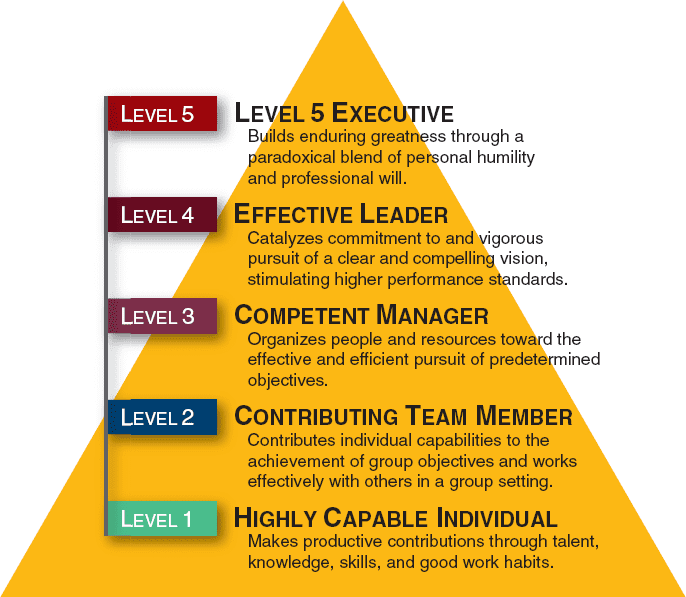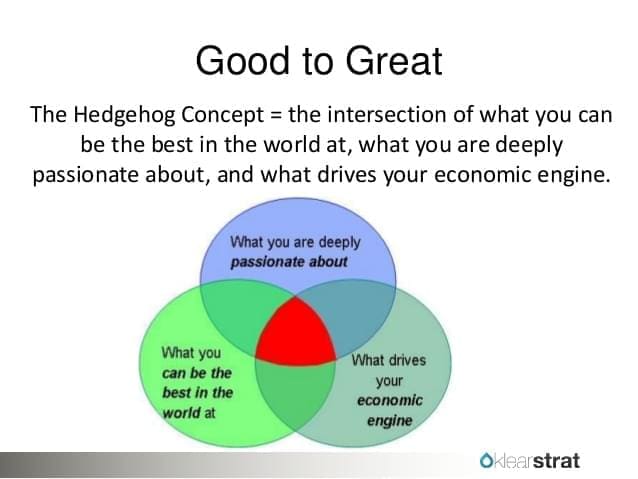Journey of Good company to Great Company !
Rushin H.Vadhani
AGM- Market Research & Product Development
AYM Syntex
“Greatness is not function of circumstance, greatness is largely matter of conscious choice & discipline” quotes Jim Collins, legendary management Guru.
With technological revolution & availability of best talents in world, companies are gearing to become good to great. The challenging question lies with the management & governing boards of good companies to turn it into great companies.
Or the matter of fact is about perception what management thinks & acts as their companies being already great !
The companies become good or great with visionary leadership & right people sharing the same vision across hierarchies in the company.
When it comes to getting started, good-to-great leaders understand three simple truths. First, if you begin with “who,” you can more easily adapt to a fast-changing world. If people join the company because of where they think it’s going, you’ll be in trouble when you get 10 years down the corporate journey and discover that you need to change direction because the world has changed. But if people join the companies principally because of all the other great people are part of journey, the company will be much faster and smarter in responding to changing conditions. Second, if you have the right people in your company, you don’t need to worry about motivating them. The right people are self-motivated: Nothing beats being part of a team that is expected to produce great results. And third, if you have the wrong people in the company, nothing else matters. You may be headed in the right direction, but you still won’t achieve greatness. Great vision with mediocre people still produces mediocre results.
Jim Collins in his book, Good to Great, mentions seven characteristics of companies that turned from “Good to Great “
- Level 5 Leadership: Leaders who are humble, but driven to do what’s best for the company.
- First Who, Then What: Get the right people, then figure out where to go. Finding the right people and trying them out in different positions.
- Confront the Brutal Facts: Confront the brutal truth of the situation, yet at the same time, never give up hope. Companies need to accept challenges/weakness internally & externally – accept, analyse & execute solutions.
Hedgehog Concept: Three overlapping circles: What lights your fire (“passion”)? What could you be best in the world at (“best at”)? What makes you money (“driving resource”)?
- Culture of Discipline: The management should inculcate culture of disciple across hierarchies with focus on results, customer satisfaction & maintaining competitive edge. It should be in line to vision of company. Company sticks to its core discipline—first the people, then the direction—no matter how dire the circumstances.
- Technology Accelerators: Using technology to accelerate growth, within the three circles of the hedgehog concept. Advance Technological tools like Customer Relationship Management (CRM) softwares , Financial Softwares , Marketing & brand building ,Sales force management etc have to be driven aggressively . Adapting cutting edge technology will always strengthen competitive edge.
- The Flywheel: The additive effect of many small initiatives; they act on each other like compound interest. Companies to encourage employees to innovate ,improvise everyday in their routine work thus adding value & result to work. It will be collective small efforts at individual level shaping into giant step towards innovative change.
Companies that make the change from good to great have no name for their transformation—and absolutely no program. They neither rant nor rave about a crisis—and they don’t manufacture one where none exists. They don’t “motivate” people—their people are self-motivated. There’s no evidence of a connection between money and change mastery. And fear doesn’t drive change—but it does perpetuate mediocrity. Nor can acquisitions provide a stimulus for greatness: Two mediocrities never make one great company. Technology is certainly important—but it comes into play only after change has already begun. And as for the final myth, dramatic results do not come from dramatic process—not if you want them to last, anyway. A serious revolution, one that feels like a revolution to those going through it, is highly unlikely to bring about a sustainable leap from being good to being great.
However , I believe greatness is an aspiration – a very honourable one. But no company is perfect, even if it performs well year after year.
Greatness, like, many objectives, is in the eye of the beholder. One simple test for greatness is how a company is experienced by its constituents – its customers, its associates, its owners, and business partners !
Key References:
- Good to Great by Jim Collins
- Built to last by Jim Collins
- wikepedia.org
- freakonimcs.com



